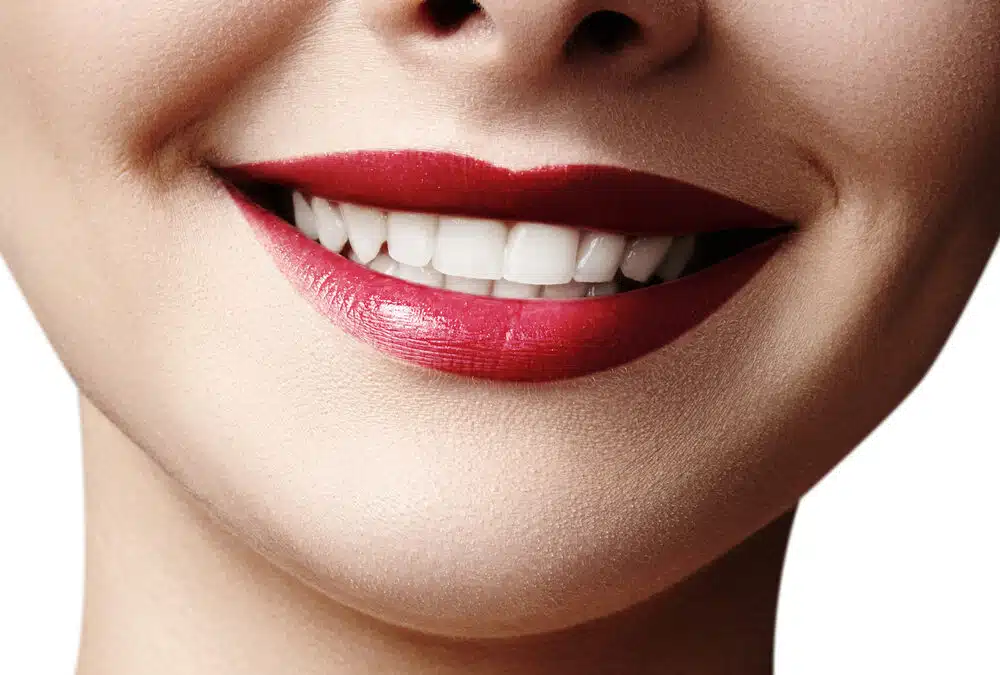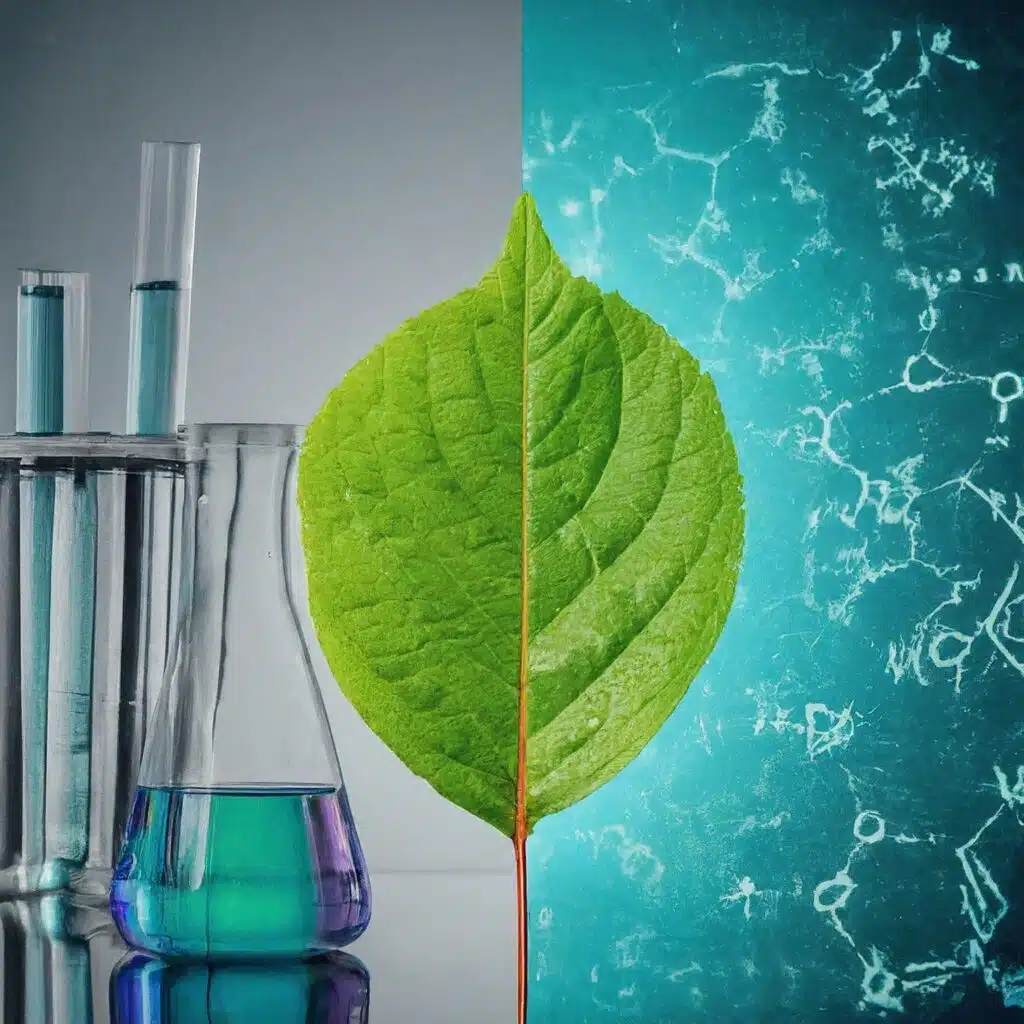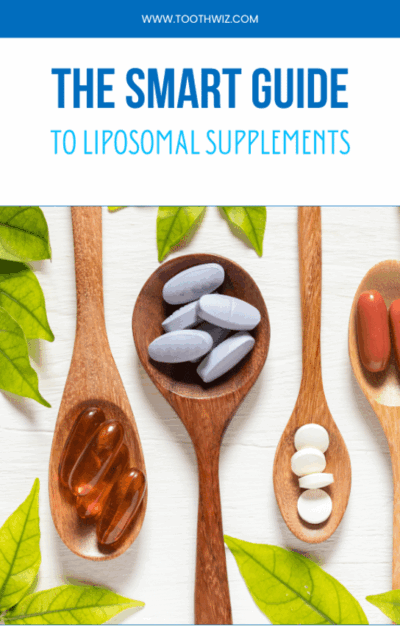Professional Dental Treatments:
When it comes to achieving a noticeably whiter smile with long-lasting results, professional dental treatments remain the gold standard. Dentists offer various professional whitening options that are safe, effective, and tailored to each patient’s needs.
- In-Office Teeth Whitening: In-office teeth whitening procedures involve the application of a highly concentrated bleaching agent to the teeth, which is then activated by a special light or laser. This method can dramatically lighten the shade of teeth in just one visit, providing immediate results. Some degree of relapse can occur with this method, however.
- Take-Home Whitening Kits: Dentists also offer take-home whitening kits, which consist of custom-made trays and professional-grade whitening gel. Patients can wear these trays at home for a specified amount of time each day, gradually whitening their teeth over the course of several weeks. Because the trays fit so well, the bleach tends to work more effectively than store-bought whitening trays, which allow for much of the bleach to run out and become diluted.
- Combination of in-office and take home whitening: For exceptionally difficult stains, such as teeth discolored by tetracycline, dentists may opt for a combination of both in-office and take home whitening. This treatment can take a little longer and is usually the most costly of the three professional methods, but will often produce the most dramatic results.
Professional dental treatments are not only highly effective but also safe, as dentists carefully monitor the whitening process to ensure minimal sensitivity and maximum results.
Over-the-Counter and Home Remedies:
While over-the-counter whitening products and home remedies may seem convenient and cost-effective, they often come with limitations and potential risks.
- Whitening Toothpaste: Whitening toothpaste typically contains abrasive particles or mild bleaching agents that can help remove surface stains from the teeth. While these toothpastes may provide some degree of whitening, they are generally less effective than professional treatments and may not address deeper stains.
- Whitening Strips and Gels: Over-the-counter whitening strips and gels are another popular option for at-home whitening. These products typically contain lower concentrations of bleaching agents than professional treatments and may require longer treatment periods to achieve noticeable results. Patients also tend to have trouble applying them correctly, since the plastic is flimsy. This may lead to wasted trays when the material folds in on itself and can no longer be applied to the teeth correctly. Additionally, they may increase the risk of tooth sensitivity and gum irritation if not used correctly.
- Home Remedies: DIY whitening methods such as lemon peels, strawberries, baking soda, hydrogen peroxide, or charcoal pastes are often touted as natural alternatives to commercial whitening products. However, these remedies can be acidic, or abrasive, and may damage tooth enamel if used excessively. Just as significantly, their effectiveness is often limited, and they may not provide significant whitening results.
Conclusion:
While the desire for a whiter smile is understandable, it’s essential for patients to choose safe and effective whitening methods that prioritize oral health and harmlessness. Professional dental treatments typically offer the most reliable and long-lasting results, with dentists carefully monitoring the whitening process to ensure patient safety and satisfaction. Patients should consult with their dentist to discuss the best whitening options for their individual needs and goals, avoiding risky DIY approaches or unproven over-the-counter products.
Remember, a healthy and radiant smile starts with professional dental care and a commitment to oral hygiene. By prioritizing dental health and choosing safe whitening methods, patients can achieve the bright and beautiful smile they’ve always wanted.




